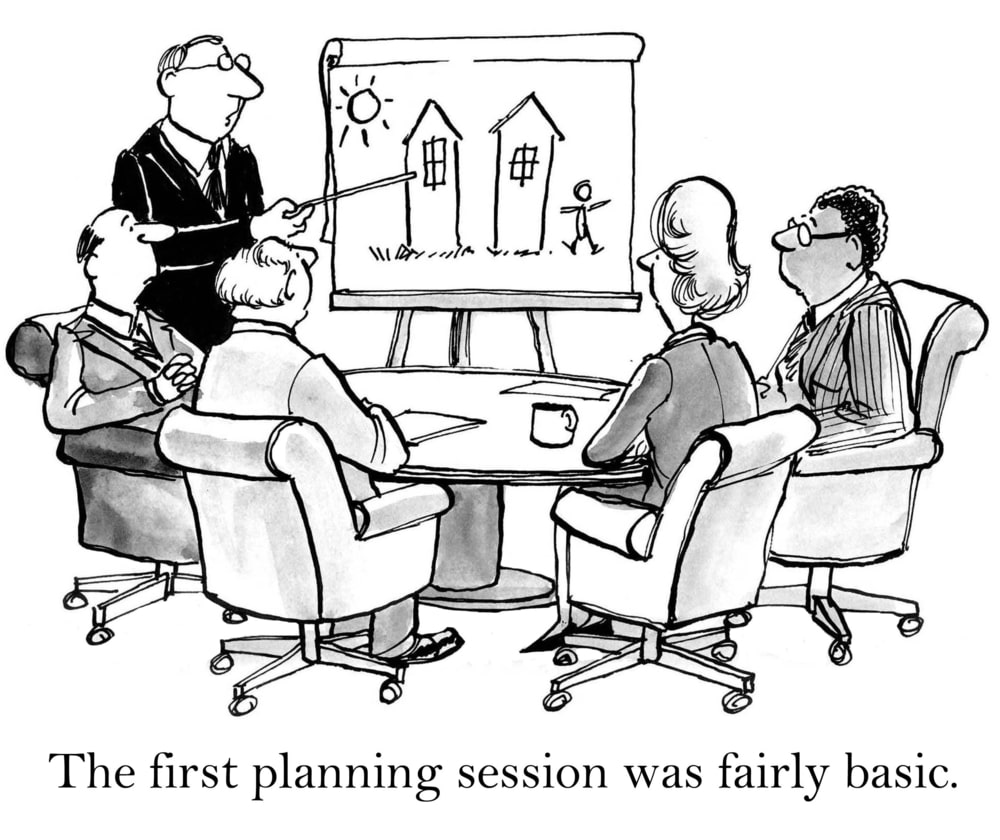Last Updated on December 6, 2024 by Dave Schoenbeck
Many entrepreneurs are quick to create a marketing plan for their business. What always gets missed, however, is an organized sales plan. The sales strategy for many small companies tends to be haphazard, unplanned, and unfocused. If these entrepreneurs had spent the time and energy to organize their sales approach, they would have seen impressive sales improvements. 
Why Does Sales Strategy Matter?
Your business might have the most talented sales team in the world, but you need a way to track or regulate their progress so that you can learn valuable lessons about your sales process.
Writing a sales strategy plan allows you to establish consistent practices and ensure results.
This is important to streamline the process for your existing employees and help you train new ones. Writing a sales strategy plan ensures that your organization’s methods are documented for everyone to utilize.
Creating a Sales Plan
Your sales team should have a sales plan to reference that details every critical aspect of the sales process. This document should contain strategies, best practices, goals, and tracking methods. Writing a sales strategy plan from scratch might seem daunting, but it’s necessary for the growth of your business. Here’s how to do it:
- Define the purpose of this sales plan. What are your specific objectives and goals? Who on your team is responsible for meeting them?
- Determine a way to track your progress. This should include a reporting process. How will you measure customer retention, leads generated, average sales, conversion rates, leads to quotes, and quotes to purchase?
- Decide which specific prospects you will chase. Who is your target audience? What are their needs, wants, and fears? Part of this also requires you to clearly define who you aren’t focusing on and why.
- List out your specific sales strategies and goals by product line. What 5 best prospecting tactics will your sales team use based on their strengths?
- Decide on your unique selling proposition. What will you emphasize? What are your strengths and weaknesses? What sets you apart from the competition?
- Decide on your product pricing and promotional plan to support the sales efforts.
- Identify the resources needed, including expense budgets, sales training, manpower, planning, CRM software, sales collateral, and anything else you might need to reach your target.
- Create or refine your sales funnel process. This should include frequency of contact, collateral needs, and lead tracking in a CRM.
- Create a detailed sales calendar complete with deadlines for your milestones.
- Determine your accountability methods and processes. How will you know when you meet your goals, and what will happen if you don’t?
Writing a sales strategy plan takes time, but it’s crucial for the long-term success of your organization. A strong sales strategy allows you to track your progress and meet your sales goals at every level of your organization.
A good sales plan can take your business to the next level, but writing a sales strategy plan takes practice. If you have questions, please fill out my contact form, and let’s create a sales plan outline that works for your business.
Coach Dave
- If You Are Considering Starting a Business, Read the Book The E-Myth Revisited First - October 16, 2025
- Here’s a Must-Read Book: The Four Disciplines of Execution - October 9, 2025
- Don’t Procrastinate: It’s Time to Do Company Succession Planning - October 2, 2025


